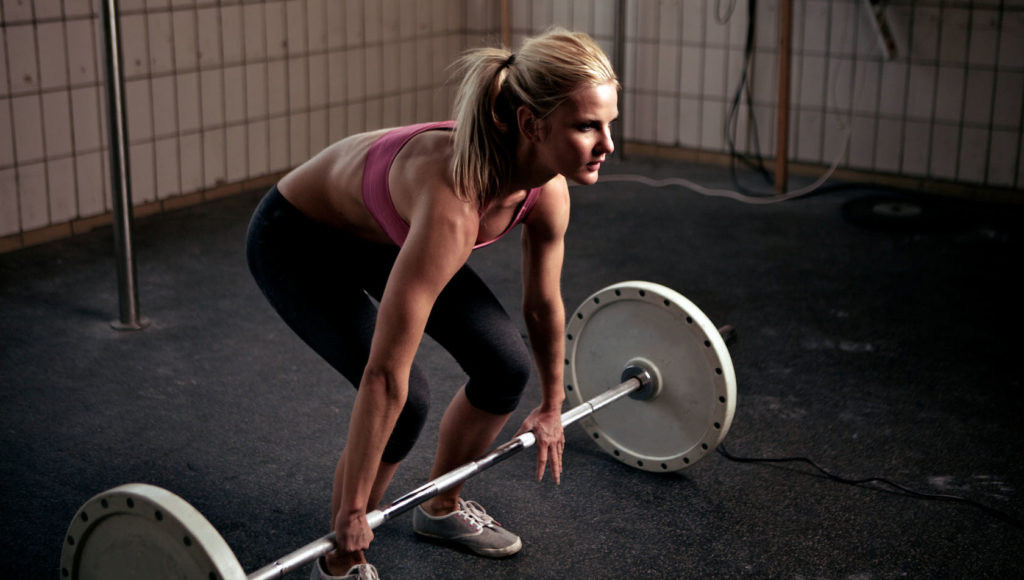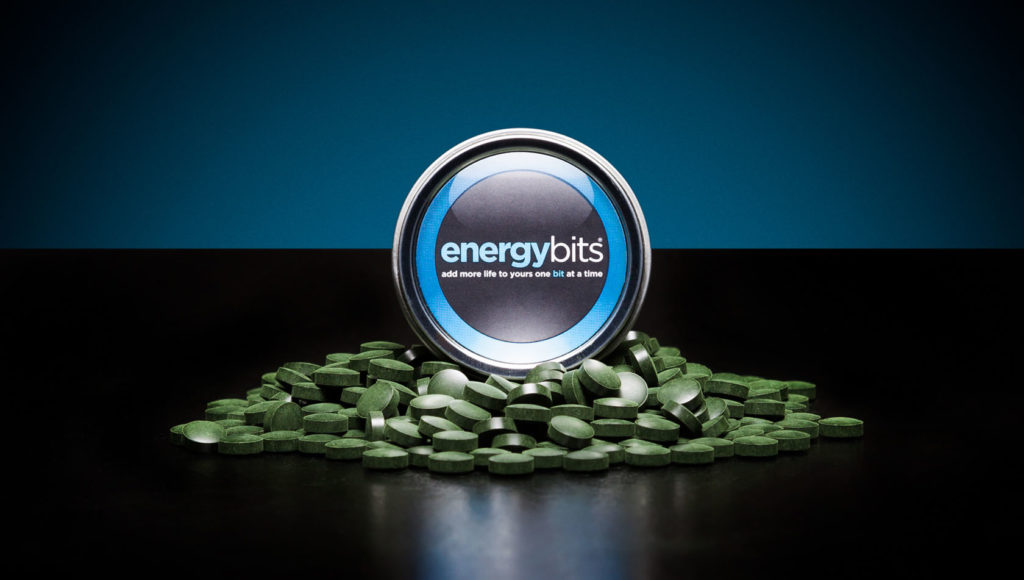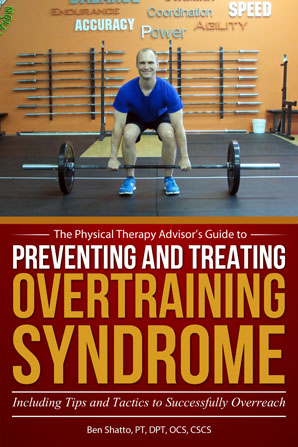As a physical therapist, I help to educate my clients about a wide variety of strategies from nutrition to physical components including advice on exercise, hands-on techniques (such as myofascial and joint mobilizations), and self-care techniques. Time and time again in my practice, a client will struggle with healing from an injury. He/she may be performing the right exercise and receiving the proper treatment, yet he/she is unable to properly heal because his/her body doesn’t have the proper nutrition level to allow the healing to occur. Poor eating habits not only sabotage your results, but can also lead to severe chronic illnesses (such as heart disease and diabetes).

Your body’s ability to train harder and recover faster is not just about the exercises performed. It should also be centered on the fuel you put in your body. Your body cannot perform optimally, recover adequately or heal from injury properly without adequate nutrition.
Focus on your Recovery Nutrition
The majority of your diet should be from real food. My personal belief is that food which is minimally processed, organic and/or home grown is likely to have a higher nutrient load and will therefore be healthier for you. Your body simply cannot heal and recover quickly or adequately when substandard fuel “food” is consumed.
Initially, focus on macronutrients (fat, protein, carbohydrate) when it comes to food. For me, this includes a diet high in protein from many sources (plant and animal-based), high in fruits and vegetables, and low in processed carbohydrates.
Runners and endurance athletes should pay particular attention to protein intake as maintaining muscle mass is critical for performance and injury prevention. For more information on protein supplementation, please refer to How Much Protein Do I Really Need?
Consider Supplementation
I am a believer in supplements although you must choose wisely. Your dietary belief system, genetics, and the type of exercise and/or activity you mainly participate in will determine which supplements may work best for you.
When choosing supplements, I tend to gravitate toward supplements that can enhance performance, improve recovery, stabilize blood sugar, and reduce systemic inflammation. The ultimate goal with supplements is to aid your body in improving health and/or performance. Try to choose the most natural products as possible and experiment to see what works best for you. Look for supplements that don’t contain extra fillers, sweeteners or additives. For more information on supplementation, please refer to My Top 10 Supplement Recommendations.
Add Super Greens to your Diet
Most people do not consume enough greens. Green super foods, such as spirulina algae, chlorella algae, and wheat grass are packed high in antioxidants. They can have a cleansing and an alkalizing effect which will decrease your inflammation level and aid in recovery. Super greens boost your immune system and are generally good for you. I think the argument can be made that algae is the king of “super” foods. It is likely the most important food/supplement most people are not taking.
I have been experimenting taking algae for the last four months, and it has allowed me to train harder and recover faster. I am setting new milestones in my ability to perform many of my more difficult CrossFit exercises (such as ring muscle ups). I have seen more improvements in strength, cardiovascular performance, and recovery then at any other time in my life.
My new favorite way to add greens and protein are supplements called ENERGYbits® and RECOVERYbits®. They are made from organically grown NON GMO spirulina algae or chlorella algae. Spirulina algae have a high concentration of plant-based protein (64%). It also contains 40 vitamins and minerals including iron, nitric oxide, Omega-3, and all of the B vitamins.

Because of their overall nutritional profile I now consider spirulina and chlorella algae a top performance and recovery supplement. I take 30-45 of these small tablets per serving. I have had great success taking them prior to a work out and directly afterward. I also take them mid-day as a snack or meal replacement.
A general rule is to consume spirulina prior to exercise (which are the ENERGYbits®) and chlorella (which are the RECOVERYbits®) after exercise. Chlorella is high in protein. It also has detoxing properties and an impressive micronutrient profile.
Also, be sure to listen to Ben Greenfield’s interview with the founder of ENERGYbits®, Catharine Arnston, on the benefits and importance of algae. Please refer to Is This The Most Dense Source Of Nutrition On The Face Of The Planet?
In full disclosure, I am now an affiliate for ENERGYbits®. I signed up primarily to get the same 20% discount I can offer you. You can only purchase them online, so when you check out, just enter discount code PTAdvisor for 20% off all products.
Avoid Injury and Overtraining Syndrome (OTS)
Nutrition is an important component for both performance and recovery. Proper recovery is critical to avoiding injury and Overtraining Syndrome (OTS). Every recovery protocol should include a multifaceted approach that incorporates strategies to positively affect the muscular, nervous, and hormonal systems. This includes proper nutrition, getting adequate sleep, cross training, and implementing self-care modalities (such as compression band use and foam roller use).
OTS usually starts with muscle soreness and a feeling of fatigue. Then it quickly progresses into a case of overtraining syndrome or injury. Overtraining can occur when the intensity and/or volume of exercise becomes too much for the body to properly recover from. It’s always best to prevent OTS rather than attempt to recover from it.
Nothing can derail your best laid training plans and goals like an injury or suffering from OTS! If you develop OTS, you will need to take specific steps to speed up your recovery in order to prevent injury and return to a normal training schedule.

AVAILABLE NOW ON AMAZON!
In my book, Preventing and Treating Overtraining Syndrome, I show you how to recognize the risk factors and symptoms of OTS. You’ll learn how to utilize prevention strategies to help you develop a personal training strategy that will allow you to push past your limits and prior plateau points in order to reach a state of what is known as overreaching (your body’s ability to “supercompensate”). This will speed up your results, so that you can train harder and more effectively than ever before! In addition, learn how to use the foam roller (complete with photos and detailed exercise descriptions) as part of a health optimization program, recovery program, rest day or treatment modality.
Discover how you can continue to train hard and avoid the associated poor performance, illness, and injury that can result in lost training days and opportunity!
